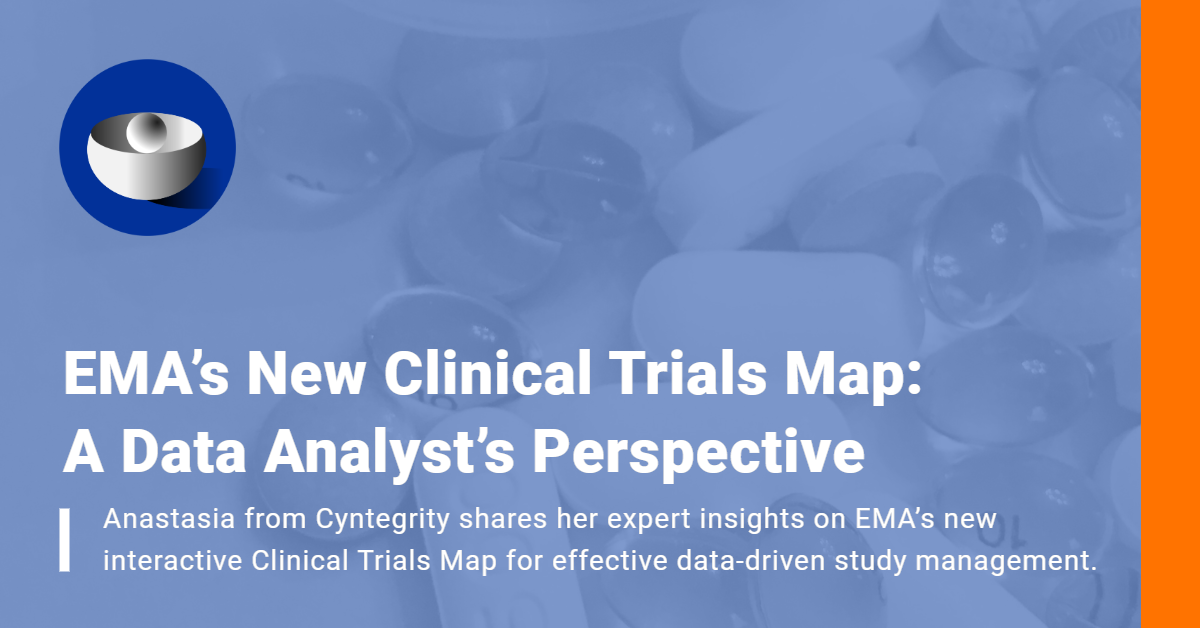
Summary Ask the Experts Q&A
During the recent virtual discussion forum BioPharma industry experts put their minds together to assess and mitigate the impact of the Coronavirus outbreak on clinical trials, and be better prepared for the future. We’ve created this “ask the experts” Q&A to provide clear responses to the questions that were most often asked by the forum’s participants.
Questions to Nancy Meyerson-Hess
Q: Can you give some ideas on the alternative risk assessment you mentioned?
Nancy: I mentioned this as an option in looking into commencing new clinical trials for patients who have unmet medical needs and cannot wait for the COVID-19 pandemic to resolve and allow us to restart clinical trials. This will depend upon the indication and the type of treatment and requirements of the protocol. We must propose alternative ways, such as smart phone video doctor to patient calls, transfer of blood pressure readings via smart phone video. Some patients still come into the clinic for treatments, for example chemotherapy. These patients are at the investigative site, these patients might be the candidates for clinical trials as well.
Q: There is a great deal of collection and source data verification which is difficult to collect, and impossible right now with COVID-19, and very expensive. Still much of this data is well-known to be unnecessary or at least never looked at again. Can you remark on this in regard to your comment to refine and slim-down requirements especially for regulatory needs. Exactly what can we cut out?
Nancy: Let me start at the end with regulatory needs: is this “nice to have” or key to the efficacy, safety and data integrity? We all have at some time packed our clinical trial protocols with assessments and visits which most probably were not really necessary, but “nice to have”. Creating clinical trial protocols which are fit for purpose depends upon the indication. I totally agree with you that some of the data which has been collected has been part of anticipation of what a regulator might want to see many years later, although there was currently no real reason to collect the information. When I addressed refining and slimming down requirements, this reflects exactly upon this approach: what is needed, what is nice to have and what can we do without? This pushes us to look into our clinical trial protocol, our designated patients and our treatment. We need to assess the risks, can we move forward or must we postpone. As I mentioned, I am not recommending that new trials commence for all indications, I am suggesting that one considers the impact on patients urgently awaiting treatment options, and is it possible from a risk/benefit view to actually start the trial.
Q: Can you elaborate a little more on ‘slim down’ requirements by regulators? How far would you expect this to go?
Nancy: What I wanted to illustrate was that in our highly regulated industry, all of a sudden regulators are addressing how to deviate from the norm. The example of chloroquine and the FDA Emergency Use Authorization, not based upon robust scientific information. This was a response to the situation. What I think will happen is that everything will go back to the beginning, unless we can demonstrate some kind of positive effect.
Q: I mean you just said it “Regulators are working now to remove unnecessary regulation” to make the process easier for patients. If they are deemed unnecessary – why would they come back? Why are they still there? Are they just dated?
Nancy: This is a good question. I believe that our industry is slow to change, but as we are sitting on a time bomb with the COVID-19 situation, everyone, including regulators are scrambling. Foremost for them is how to quickly find solutions. Quickly means, get rid of some of the hurdles, some of the timelines, some of the requirements. My feeling is that as this is a global pandemic which is a direct threat to each and every one of us, including the regulators, the willingness to drop some of the requirements for clinical trials is great. Will this be the basis for a new approach to clinical trials? I think that we need to see what comes out of these initial “attempts” at alternatives, before the regulators embrace change.
Q: I want to ask her about the “patient anxiety” and COVID-19.
Nancy: COVID-19 had raised anxiety in most of us. For a patient currently in a clinical trial, depending upon the indication, they might not want to visit the clinical site or doctor, for fear of infection. For some patients with medical conditions requiring treatment, they often do not have another option and must regularly go the site or doctor. They have additional anxiety, from the underlying disease and the potential for COVID-19 infection.
Q: Since many clinical trials have been halted and there is guidance to not start new trials, do you foresee that there will be pent up demand/opportunity for trials after things settle down with COVID-19? What challenges do you anticipate?
Nancy: I hope that those trials on hold will restart, as we still have many patients who need new treatments. We might potentially see regulatory back-logs as regulators work-through all of our deviations from the COVID-19 impact on clinical trials.
Q: How to handle if the ongoing trial is at end stage during this pandemic.
Nancy: I am assuming that you are referring to completion or closure of the clinical trial? I see this as similar to other stages of the trial, meaning the outstanding activities need to be identified. Can these be carried out remotely? Deviations from the normal processes are to be documented and carried out a later point in time, for instance a Site Closure Visit.
Q: Who accepts liability… or is there any… when FDA issues an emergency allowance of the use of a non-studied drug for a specific indication – in this case COVID-19? And can we really expect an emergency doctor to safely make this treatment determination without data? Would not this call into question the very thing we are concerned with – patient safety?
Nancy: This is a very good question, which I cannot answer. It would be interesting to learn how this Emergency Allowance came about.
Questions to Andy Lawton
Q: Can you speak more about the uptake of central monitoring. Specifically, how and how quickly can sponsors enable central and/or RBM?
Andy: In small companies, I have seen them start Central Monitoring within 3 weeks of training. The important thing to remember that “perfection is the enemy of good” get as much of the different data sources together as possible, do not try to clean the data before central monitor, that just creates a delay and choose simple methods first of all and get sophisticated later.
Q: Do you need specific vendor software to enable RBM/Central Monitoring?
Andy: Using a system for RBM/Central monitoring makes it easier and quicker to implement as much of the thought process has been built into the system development. What is essential is to understand the philosophy and development direction that the vendor is taking, is it in alignment with your own thought process.
There are many systems out there, I personally like the ones with the complete process built in from Risk Assessment onwards, and where you can trace those risks identified into how to manage/identify and then close out (via an issue management system). Also look to use systems where you can incorporate (easily) data from many different sources – EDC/RDC, Audit Trails, CTMS, IVRS, Site Monitoring, Laboratory, etc – only if you can see the complete picture by combining all the data into one can you tell what you are actually seeing, as this slide below shows (from one of my RBA slide sets).

Q: How vaccine trials will be taken care if there is 2 dose study and one dose is remained during this pandemic?
Andy: This is a clear case for doing a risk assessment and judging the risk benefit e.g. if it is a condition in children and prevention is essential and who are unlikely to get a severe response to COVID-19 then you would then have to judge the risk to the site. Can you provide then with full protection (PPE).
Q: How can be done central or remote monitoring if trial is paper based system like CRF, TMF etc.?
Andy: I have utilised scanning as well as other mediums, and did try out Risk based methods on them. The problem is that you want the data as fast as possible so that you can utilise central monitoring to replace traditional onsite/remote monitoring methods. One of the key risks that always come out is the delay in receipt and processing of the CRF/TMF – remember in ICH E6 R2 section 5.18.3 it states that central monitoring should be undertaken in a “performed in a timely manner”.
As for scanning, this is very frowned upon by the EMA and FDA, in particular Gabrielle Schwarz, the lead inspector at EMA and BfArM is very anti scanning due to privacy risks and burden onsite. Also the EMA guidance on COVID 19 section 11 states than you have to weigh up the burden on sites.
Questions to Johann Proeve
Q: Data Managers might learn that some level of missing data may “be acceptable” but current methods favored or recommended by FDA for handling missing data are unsophisticated or unfavorable for validity of study conclusions. Please comment.
Johann: Indeed, data managers (and others) will have to learn that some missing data are ok, even with the FDA and other health authorities. This is, however, not necessarily true for the main efficacy criteria, e.g. many missing outcomes in an outcome trial, or missing scans in an oncology trial, since it might skew the results of an entire study.
Q: Johann, as SDV errors from TransCelerate papers are less than 1.1%, surely there is no need to clean any further by DM.
Johann: I think that a certain amount of SDV is always required, e.g. for serious adverse events, for death cases, drop outs, and the main efficacy criteria. 1.1 % can be a lot or can be little, depending on the items one looks at.






